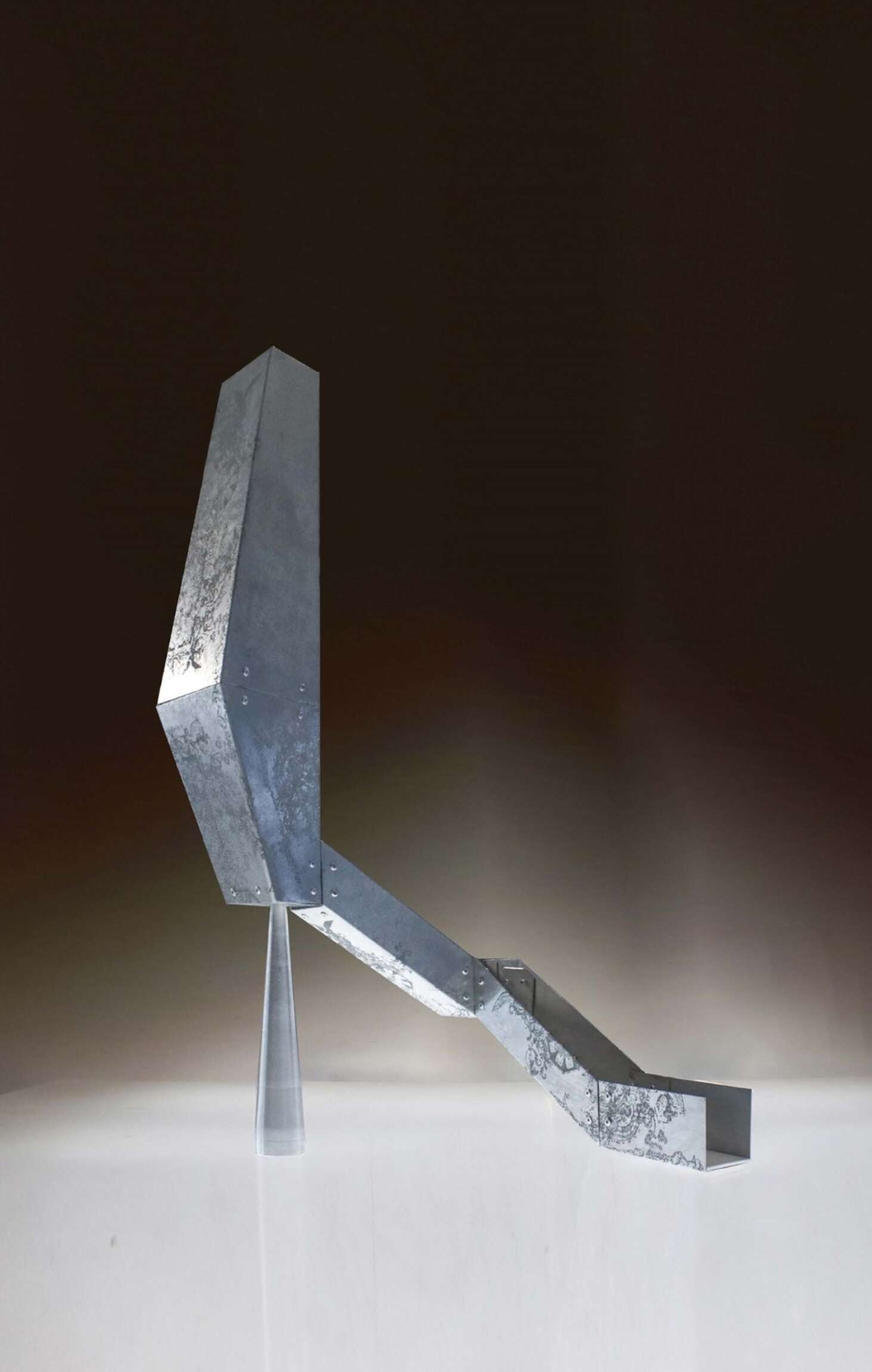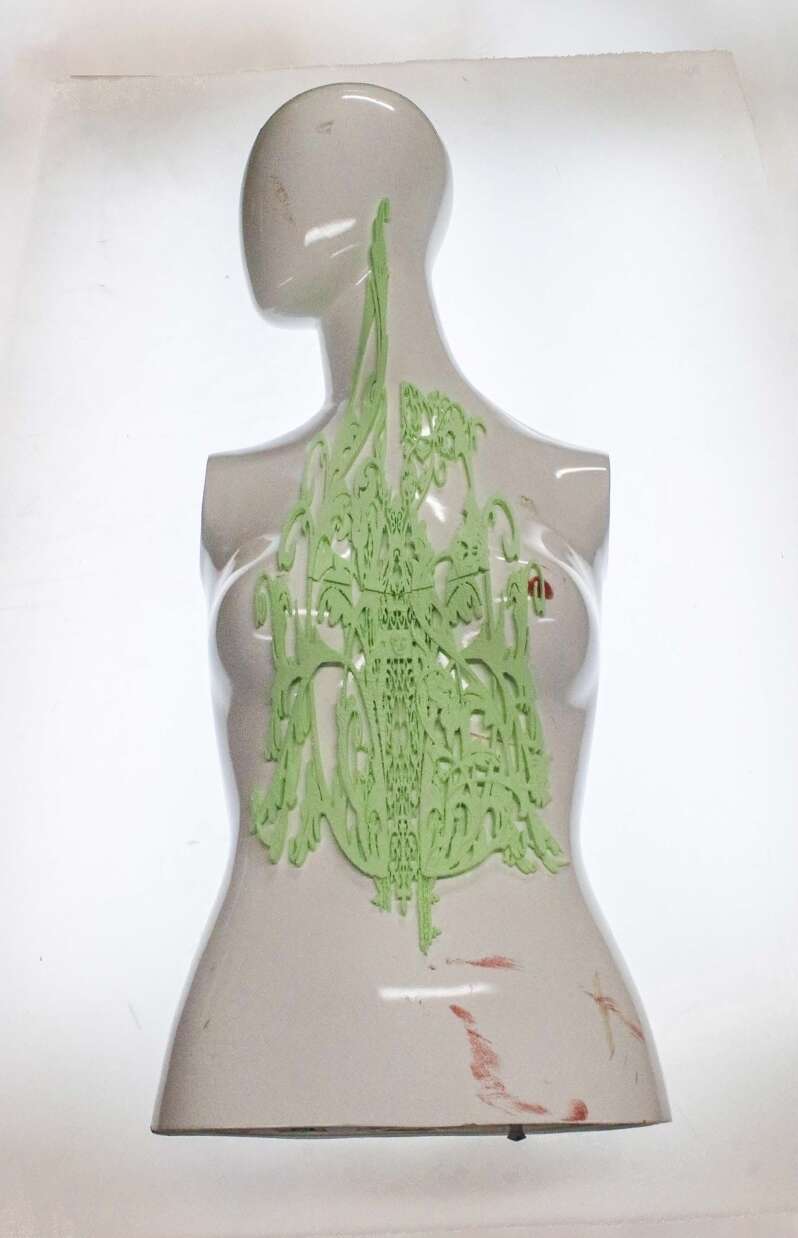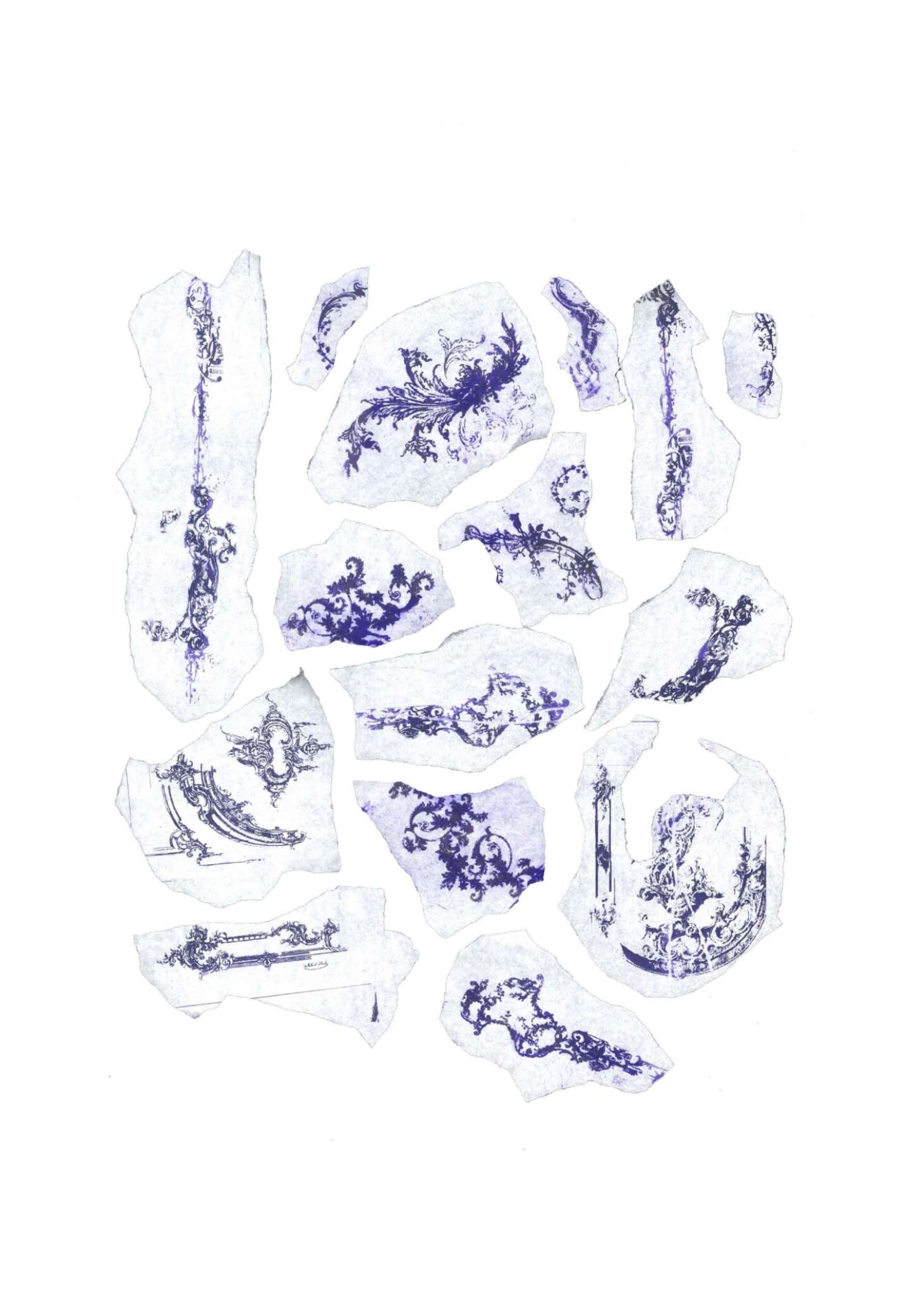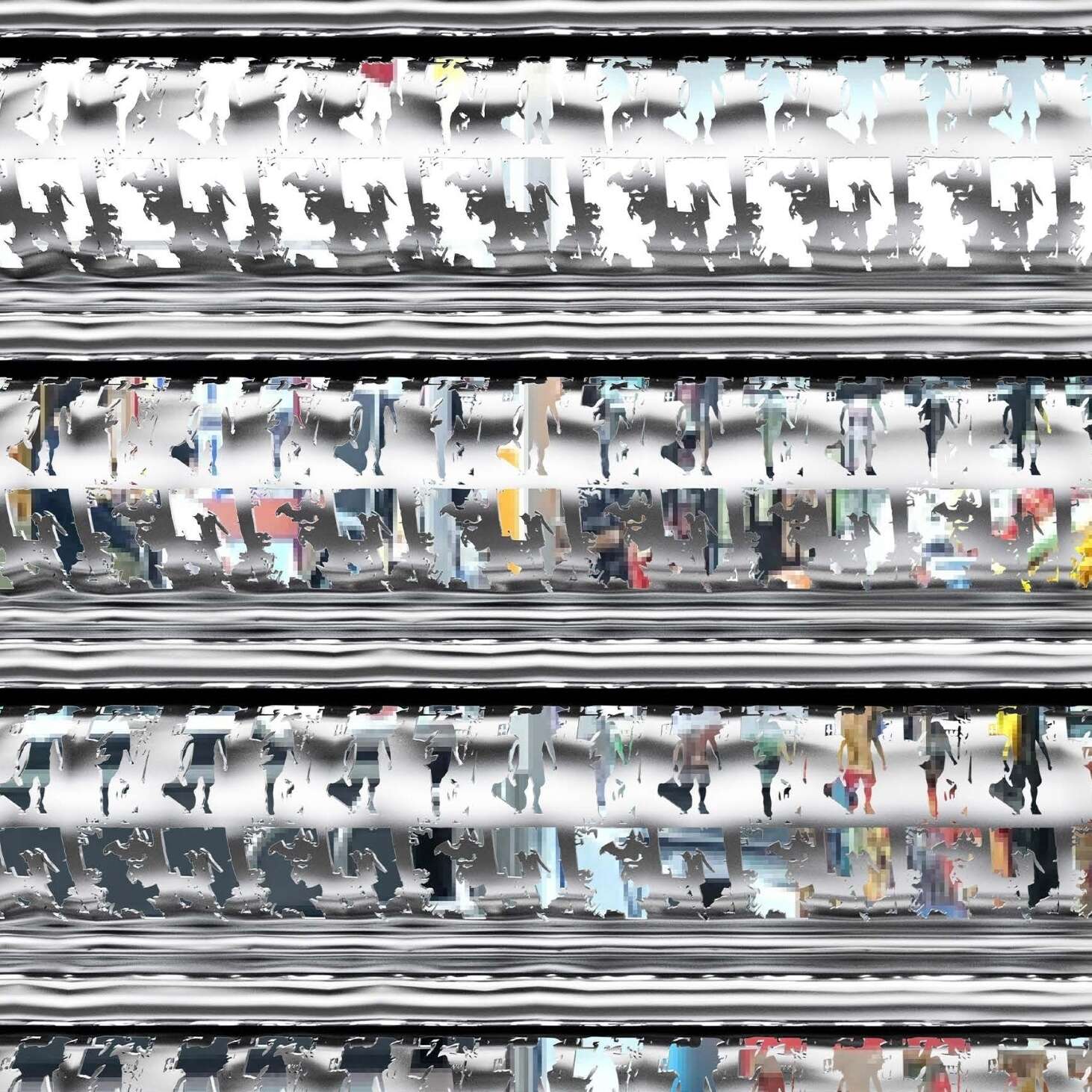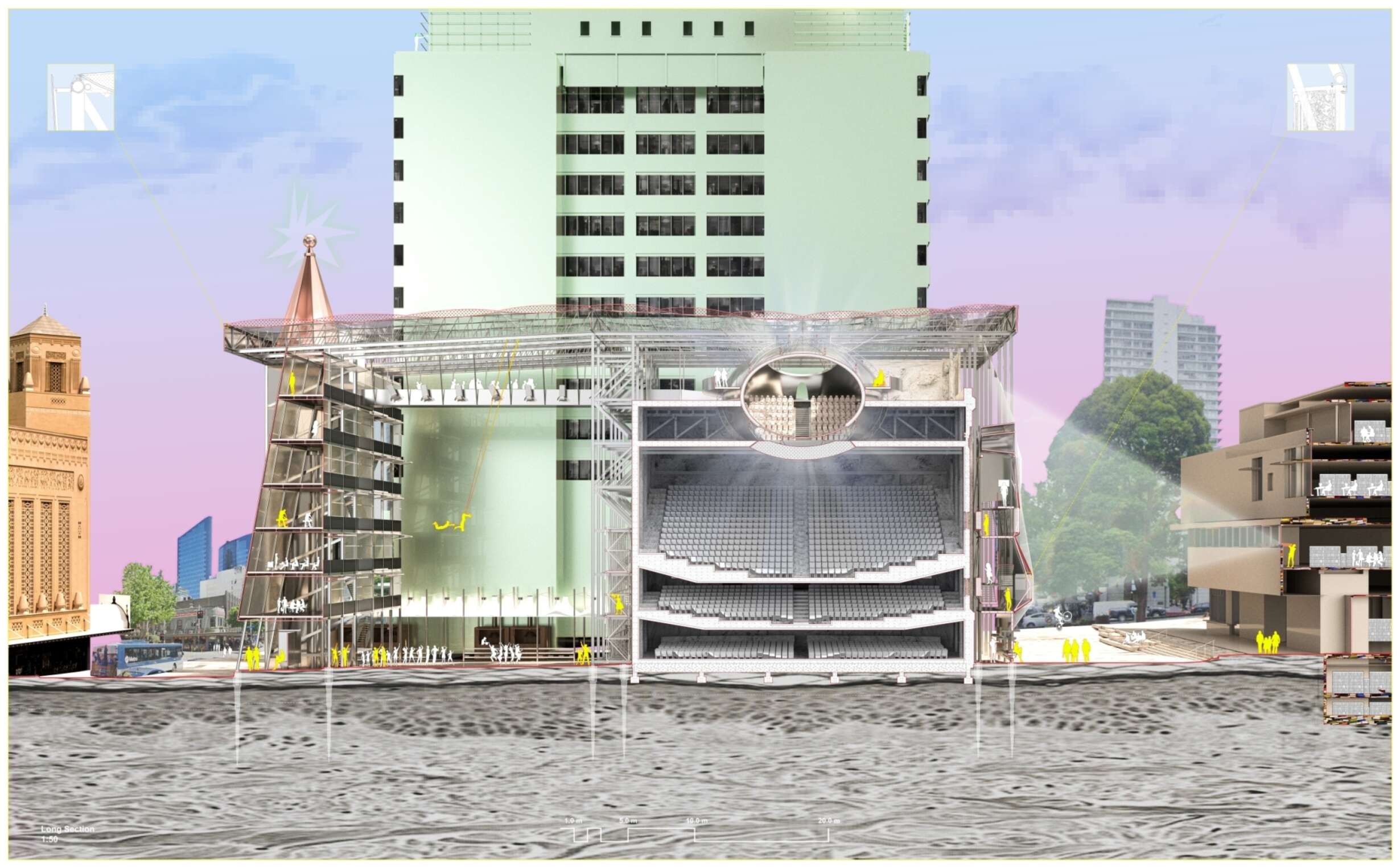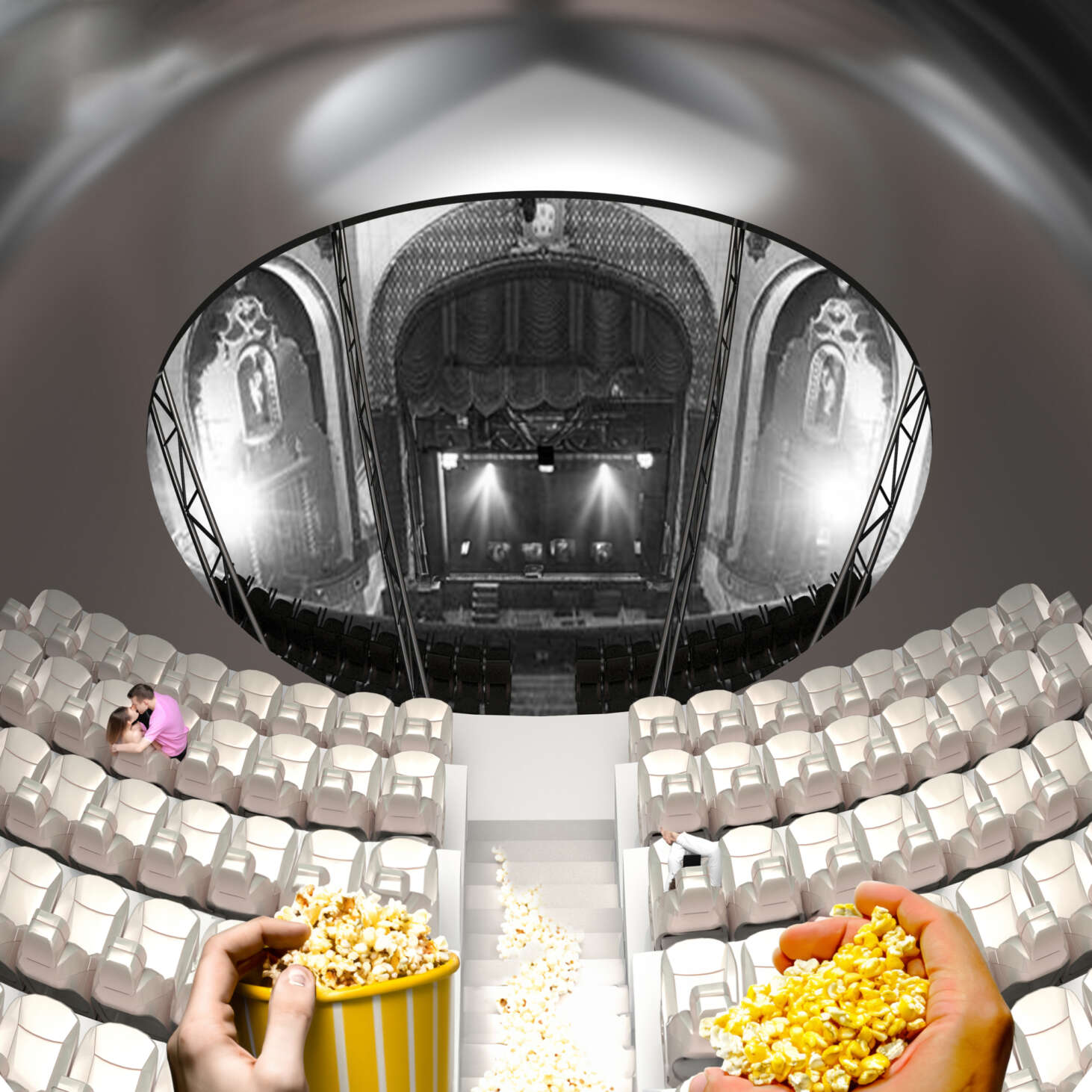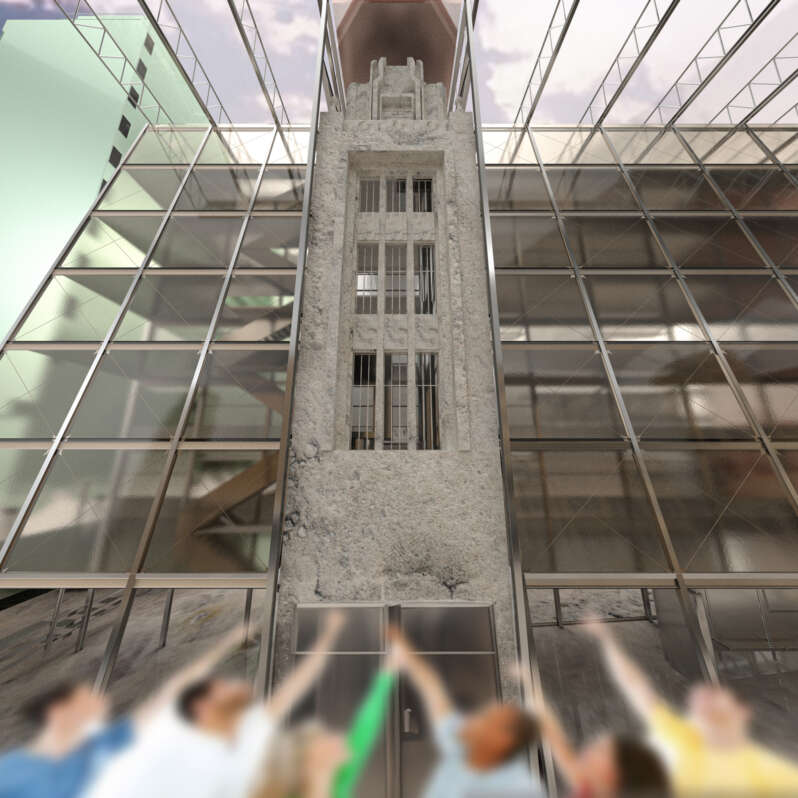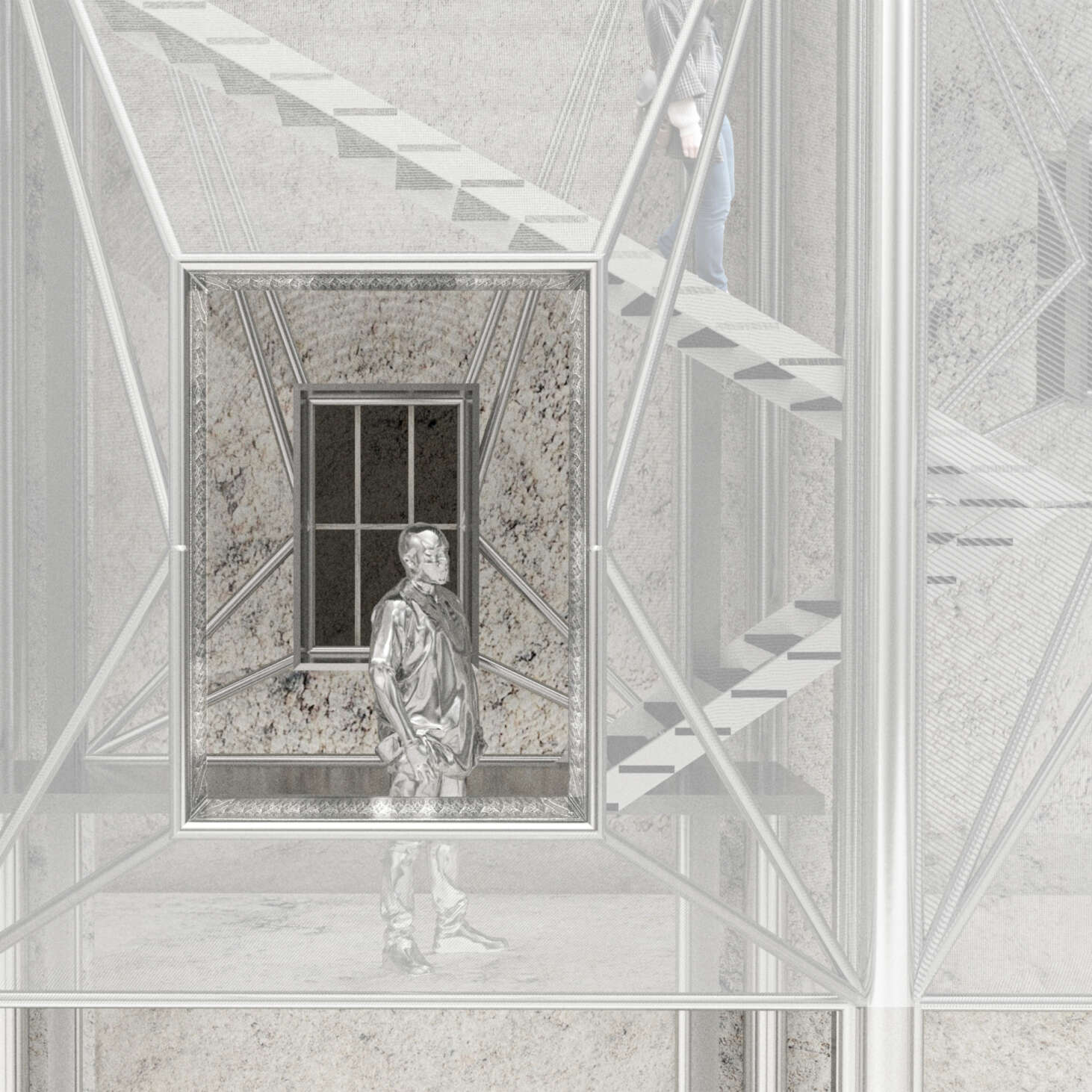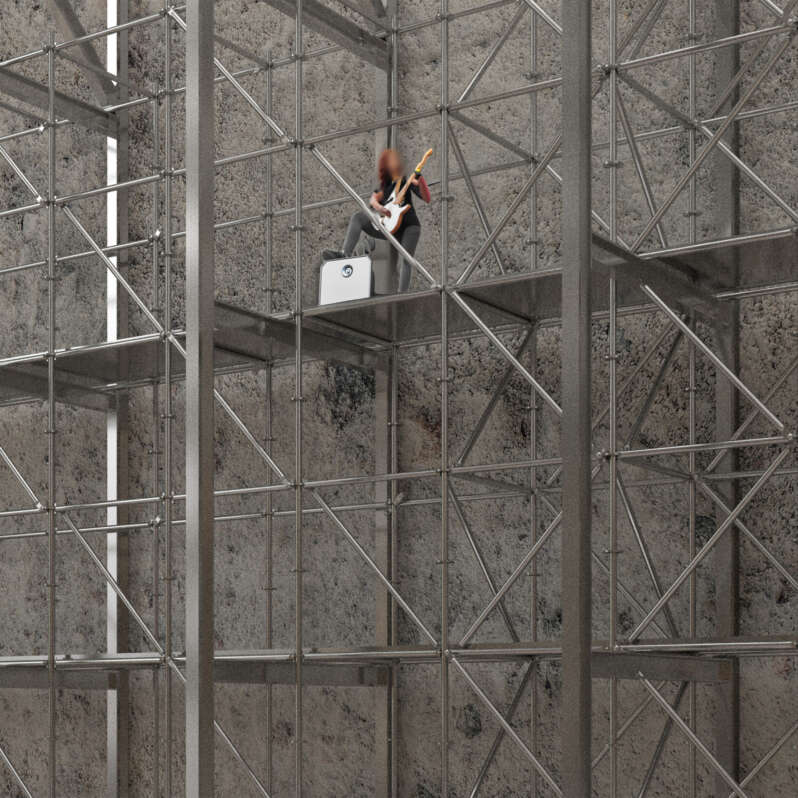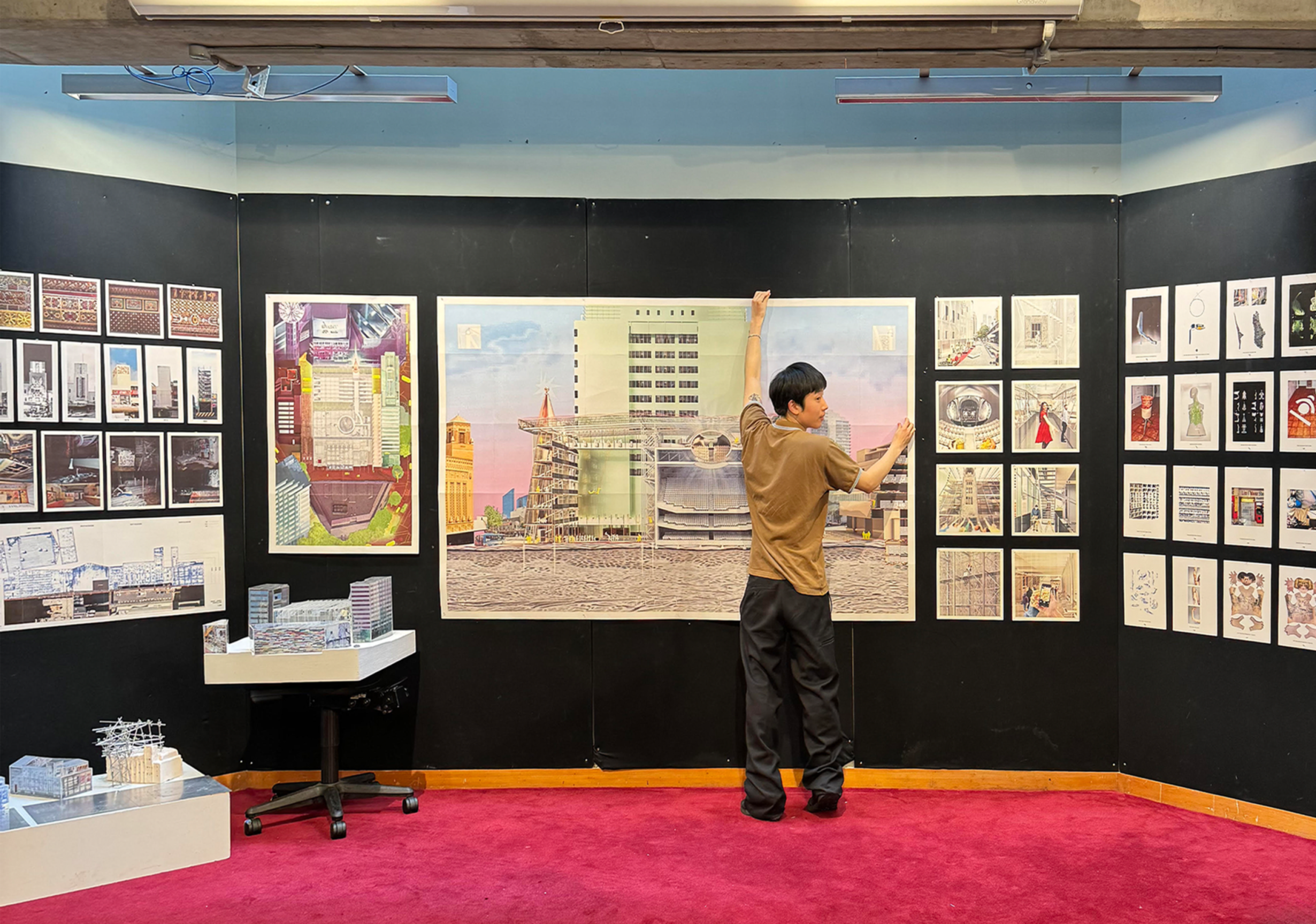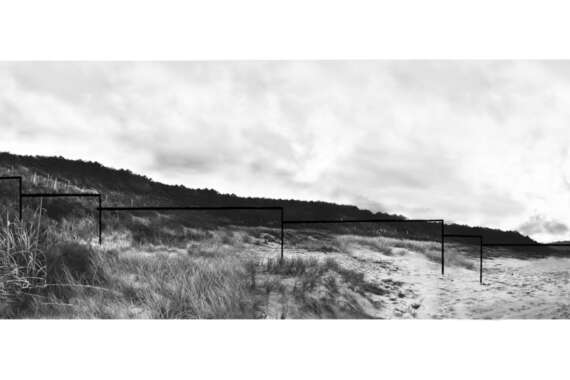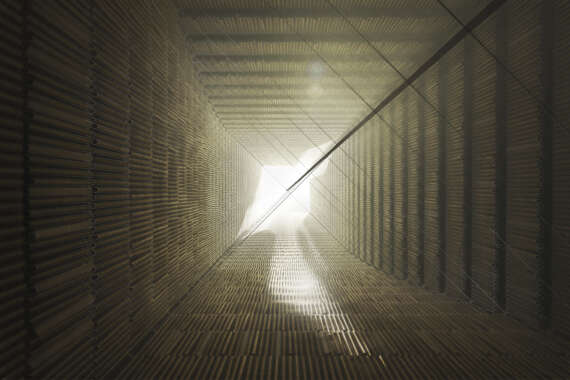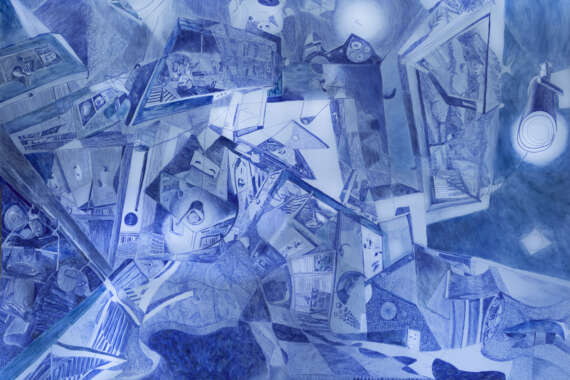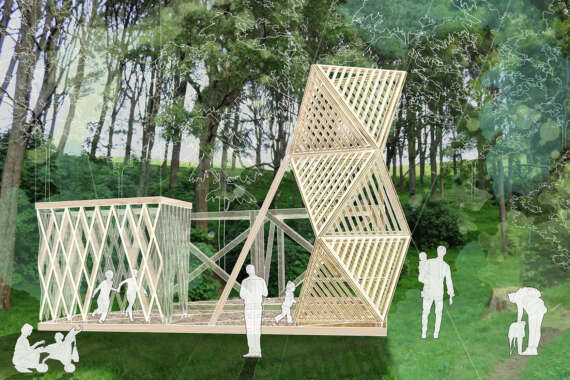Skin Deep
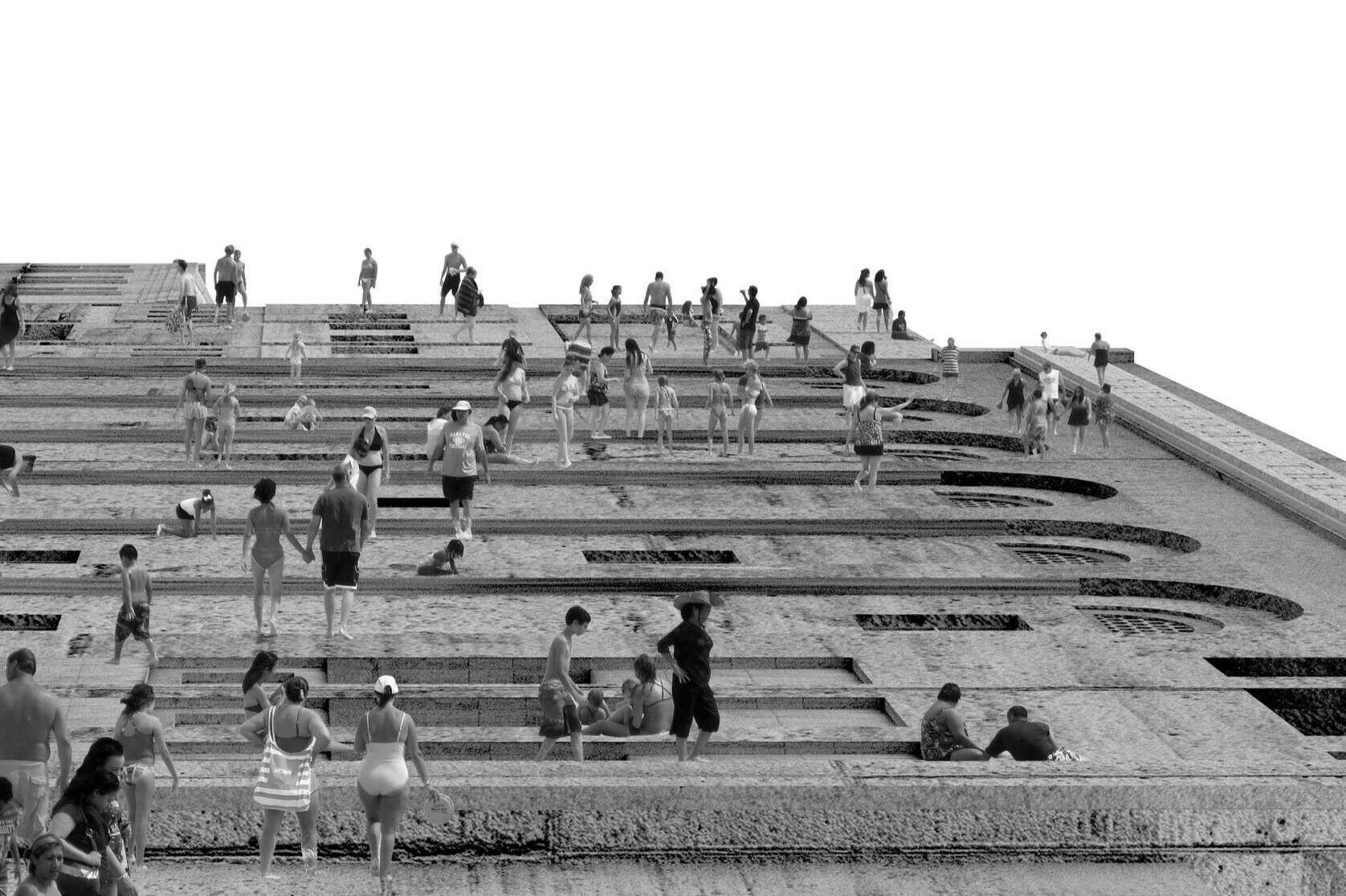
This thesis delves into the pivotal role of building skin, serving as the boundary between interior and exterior spaces and shaping our immediate environment. It explores the idea of the skin as the interface through which we engage with buildings. The study also addresses the sterilisation of our building surfaces as well as the growing disparity of building envelopes and their interior typologies, prompting questions about the architectural discipline's evolving focus.
The thesis contemplates how ornamentation, as a product of architecture's response to both visible and invisible forces, can become a defining element of structures. Drawing from Jacques Derrida's concept of supplementation, it explores how ornamentation blurs conventional hierarchies, challenging distinctions between structural and non-structural, accidental and essential elements. This thesis project explores how a supplementary architectural device, added to the surface of an existing structure can ultimately reconnect it to the surrounding urban fabric and reaffirm its value in the collective civic consciousness. The core of this thesis project centres on the Saint James Theatre, which was once a vibrant cultural hub at the nexus of Tamaki Makaurau’s central arts’ precinct. Since fires broke out in 2007, the theatre has existed in a state of neglect, condemned to a purgatorial limbo at the mercy of developers’ plans and government funding. The derelict shell is now adorned with motion sensor alarms, ad hoc plywood patches and scaffolding structures.
The practice of tattooing is used analogously in order to define a design methodology for the ornamental architectural skin. The design proposal responds directly to the qualities of a found, existing condition. Surface phenomena is scrutinised and recognised as an unmediated, unconscious expression of the state of things. The addition protects and beautifies what is underneath, emphasising existing forms. It interacts with the wider urban public, both as a spectacle and up close - providing an intimate experience of the building that would otherwise be impossible. It allows the building to express its character on the surface while recognising its own shifting and temporal nature; a framework that invites more layers of history to be added over time.







